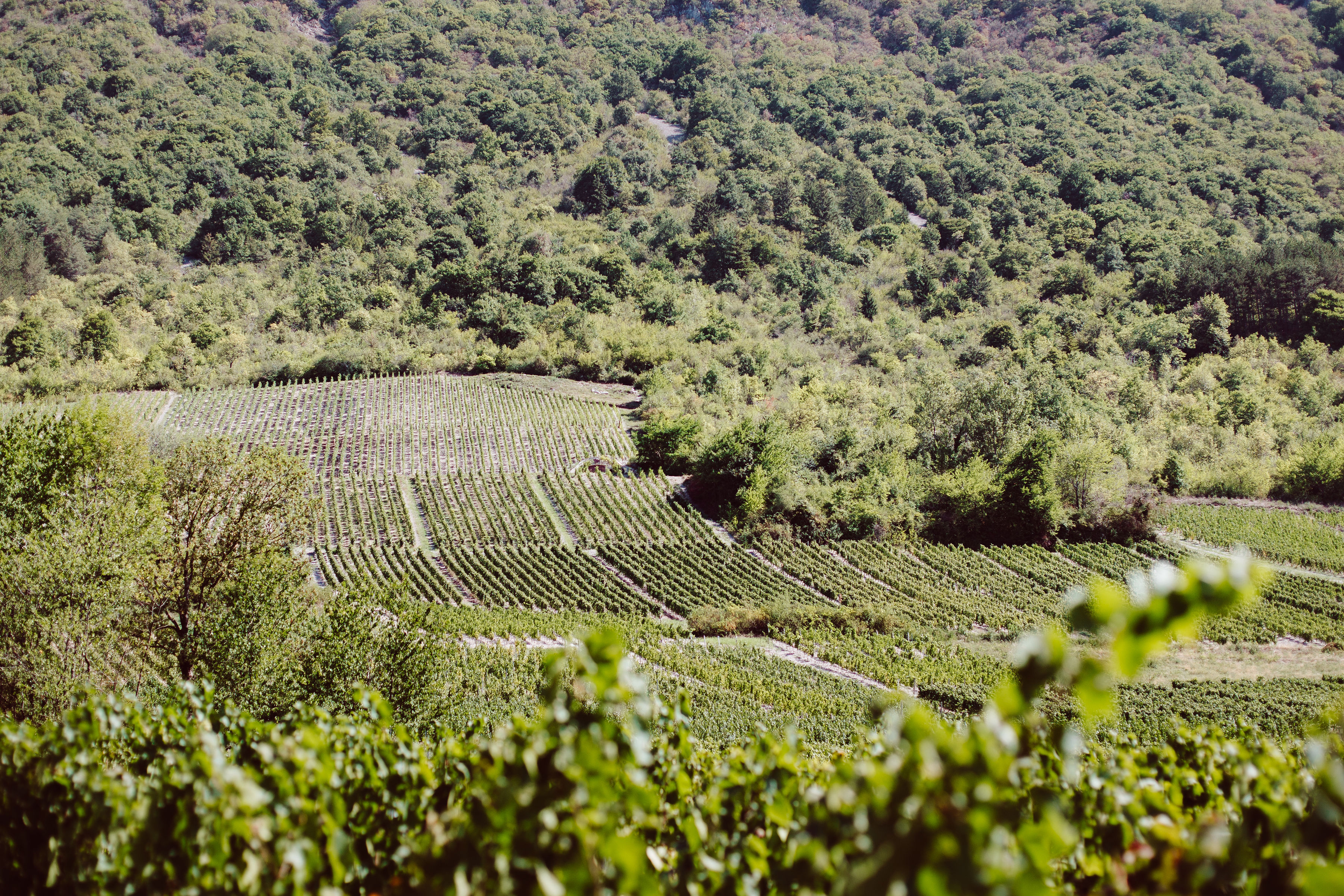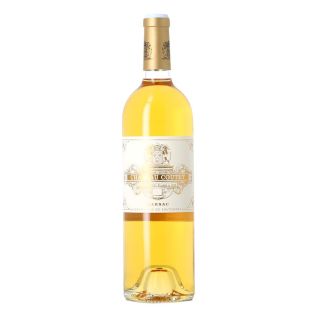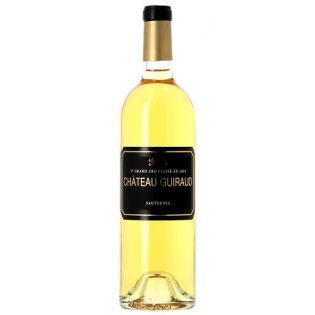Sauternes PDO

This sweet white wine has long been reserved for the festive desserts of chic New Year's Eve parties. But the Sauternes AOC is constantly being renewed and many experienced wine lovers have found new, modern and original combinations for it. Rich, smooth, fine, complex, balanced, elegant... there is no shortage of adjectives to describe Sauternes, one of the most famous wines in the world, especially when it comes from the prestigious Château d'Yquem. Fortunately, other châteaux in Sauternes and Barsac, classified as Premier Cru and Second Cru, offer an affordable entry into this small vineyard on the left bank of the Garonne.
General presentation of the Sauternes appellation
The Sauternes appellation area is located about thirty kilometres south of Bordeaux, not far from the Graves wine region. It includes 5 communes: Sauternes of course, as well as Bommes, Fargues, Preignac and Barsac. The latter can market its wines under the Barsac appellation.
The Sauternes AOC gives rise exclusively to sweet white wines. These are obtained by botrytisation. This natural phenomenon allows a rich concentration of sugar in the grapes. It is caused by a fungus called Botrytis cinerea. It is this "noble rot" that gives Sauternes wine its characteristic aromas.
Even though the Sauternes vineyard has more than 2,200 hectares of vines, yields are (very) low. The noble rot needs favourable weather to develop. And the selection of the most botrytised grapes requires care, time and know-how. At Château d'Yquem, 6 or 7 successive selections are made. This undoubtedly explains the quality of its wine, but also its price, which regularly reaches records. It is moreover, for the region, the only Premier Cru Supérieur of the classification of 1855.
Other châteaux deserve respect. Let us quote, among the classified Premier Cru: Château Climens, Château Rayne-Vigneau, Château Sigalas-Rabaud, Château Lafaurie-Peyraguey, Château Rieussec... And among the classified Second Cru: château Doisy Daëne, Château Filhot... Without forgetting the irresistible and confidential Château Rousset-Peyraguey...
As for the grape varieties, Semillon dominates. Three other grape varieties, also susceptible to noble rot, are authorised: muscadelle, sauvignon and sauvignon gris, with no obligation of proportion.
Characteristics of Sauternes
A Sauternes AOC has a very brilliant golden colour which, with the years, evolves towards amber. Its aromatic palette is rich, complex and often described as exceptional. It is composed of candied fruits, citrus fruits, quince paste, dried apricot, roasted peach, exotic fruits, almond, hazelnut, honey, white flowers, beeswax, vanilla...
Sauternes are also excellent wines for laying down. They age for 5 to 25 years. The best vintages can be kept for 50, even 100 years or more.
How to taste a Sauternes
Traditionally, Sauternes is drunk with foie gras or a dessert, for example a tarte tatin, a frangipane tart, a fruit charlotte, roasted pineapple... But it is possible to move away from these classics for less conventional food-wine combinations. Thus, a Sauternes AOC sublimates shellfish such as lobster or lobster, white meats, exotic dishes spiced up with sweet spices... It is also highly recommended with blue cheeses, blue-veined cheeses such as Roquefort, Fourme d'Ambert, Stilton...
For its serving temperature, Sauternes is best served between 10 and 14°.
Laissez-vous tenter... par les autres appellations !
Le vignoble


